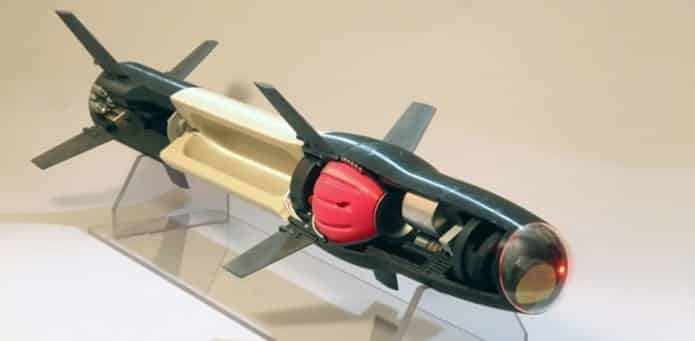US arms maker Raytheon 3D-prints guided missile parts like fins, rocket engine etc.
Looks like the future wars will be designed and fought over computers. Going by what United States arms manufacturer, Raytheon has achieved, the day is not far when the main battle tanks, nuclear submarines and nuclear missiles are 3D printed by world superpowers.
Raytheon says it has produced majority of the parts of a guided missile through 3D-printing. The company is engaged in adding complex electronic system to the list of things that can be manufactured this way.
At the present time, Researchers at Raytheon Missile Systems can roughly print 80 percent of a missile’s components in 3D, which includes fins, rocket engines, parts for the control and guidance systems, and more, the company said.
RT @thehill: "The day is coming when missiles can be printed." http://t.co/SsEtbX28QB [Sponsored by @Raytheon] pic.twitter.com/nGyOIRNZG3
— Raytheon Technologies (@RaytheonTech) July 21, 2015
Jeremy Danforth, an engineer who has printed working rocket motors said “You could potentially have these in the field. Machines making machines. The user could [print on demand]. That’s the vision.”
The Pentagon is looking to manufacture ordinance tailored for a specific mission on demand. The US military want weapons that can be altered for a job on hand and can be acquired with few logistical obstacles.
However, currently, the printing technology needs the controlled environment of a devoted factory to work satisfactorily. It is all about streamlining production and cost efficiency for Raytheon, as it provides shorter development cycles and parts that would be expensive or even not possible to machine.
“When we print something, we have fewer piece parts, so your supply chain becomes simpler,”said Leah Hull, 3D printing manager at Raytheon. “Your development cycles are shorter, you’re getting parts much faster. You can get a lot more complex with your design because [you can design] angles you can’t machine into metal.”
“You can design internal features that might be impossible to machine,” said engineer Travis Mayberry. “We’re trying new designs for thermal improvements and lightweight structures, things we couldn’t achieve with any other manufacturing method.”
The company says presently it is finding out ways to 3D-print complex microwave components and electronic circuits. A further goal is to manufacture combined systems rather than different parts that need to be assembled together.
From being a geek hobby into a mainstream topic, due to technology, 3D-printing has developed enough to manufacture firearms. Over the years, enthusiasts have gone from making simple handguns for homes to automatic rifles.
Second Amendment enthusiasts hailed the progress and said that it had given authority to people to protect their civil rights. However, many others who had a word of caution said that it would increase problems of gun violence rapidly. For the time being, you will not be able to print a guided missile at home. 3D-printing of missiles will continue to be a task outside the reach of hobbyists. In that case, Raytheon’s progress would not add to that argument.

